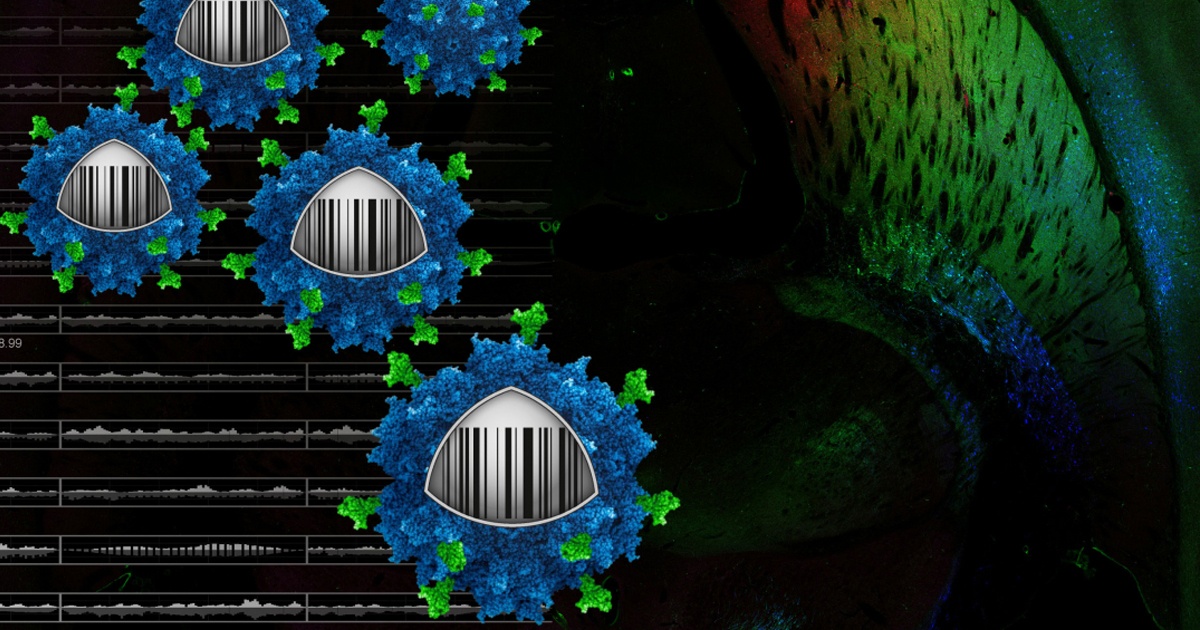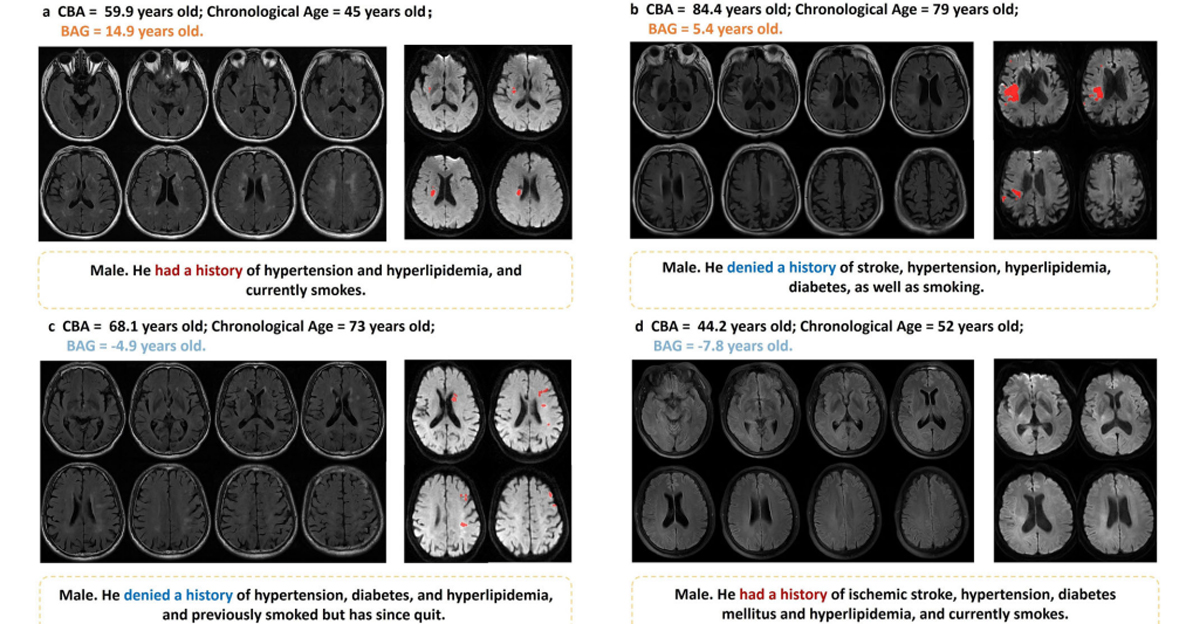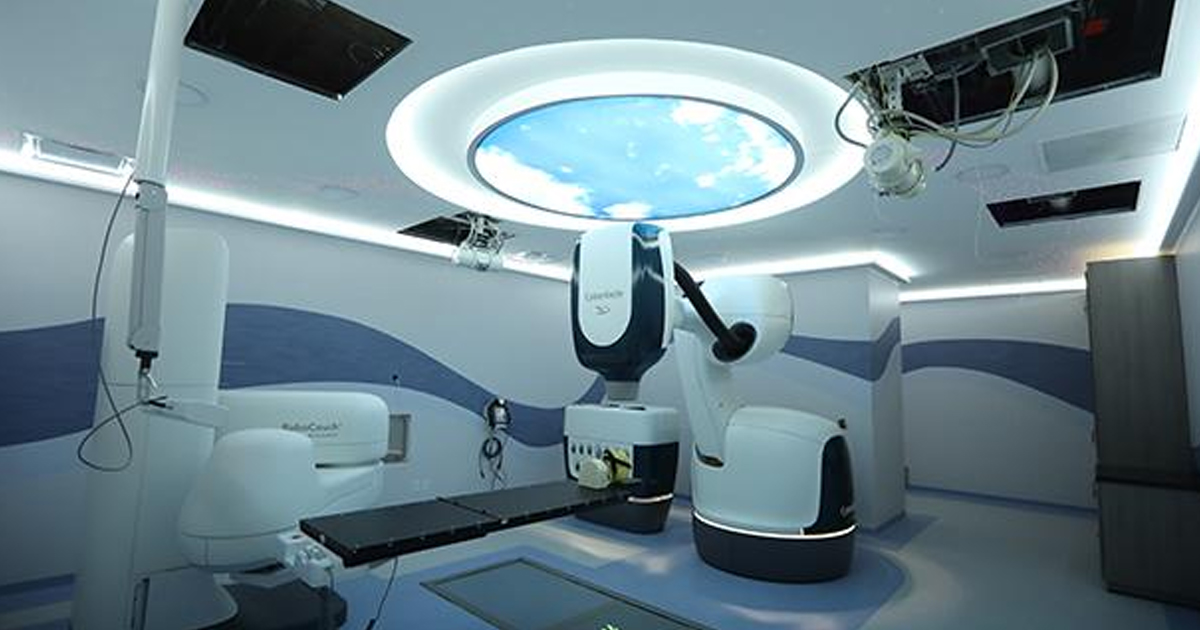Universidad sueca lleva más de cinco años perfeccionando el método para lograr su uso clínico en el futuro.
Neurocientíficos de la universidad de Lund en Suecia, desarrollaron una nueva tecnología que permite diseñar el “caparazón” de un virus para lograr la administración de terapia génica al tipo de célula en la que el cuerpo requiere tratamiento.
La terapia génica es utilizada para el tratamiento de enfermedades complejas tales como la atrofia muscular espinal o deficiencia de enzimas. Con este método el material genético es controlado mediante fármacos. Para realizar esta tarea, los virus se cultivan en laboratorios y se alteran para que no tengan efectos adversos en seres humanos y de esta forma transporten el material genético a las células del cuerpo que lo requieran y remplazar el genoma dañado.
El proceso desarrollado en esta universidad sueca combina simulaciones de computadora y modelado, además de técnicas de secuenciación y tecnología genética. “Gracias a esta tecnología, podemos estudiar millones de nuevas variantes de virus en cultivos celulares y modelos animales simultáneamente. A partir de esto, podemos crear posteriormente una simulación por computadora que construya la capa de virus más adecuada para la aplicación elegida, en este caso, las células nerviosas productoras de dopamina para el tratamiento de la enfermedad de Parkinson”, explica Tomas Bjoklund profesor de neurociencia y líder de este proyecto en la Universidad de Lund desde hace cinco años.

“Puede ver esto como una aceleración dramática de la evolución de millones de años a semanas. La razón por la que podemos hacer esto es que estudiamos cada “generación” del virus en paralelo con todas las demás en las mismas células nerviosas. A diferencia de la evolución, donde solo los más adaptados viven hasta la próxima generación, también podemos aprender qué hace que el virus funcione peor a través de este proceso. Esto es fundamental a la hora de construir modelos informáticos que interpreten toda la información”.
“Gracias a este método los investigadores han reducido el uso de animales de laboratorio, y realizan estudios más complejos utilizando variantes del mismo fármaco en un mismo individuo. “Creemos que el nuevo virus sintético que logramos crear sería muy adecuado para la terapia génica para la enfermedad de Parkinson, por ejemplo, y tenemos grandes esperanzas de que estos vectores de virus se puedan utilizar en la clínica”, concluyó Bjoklund.







